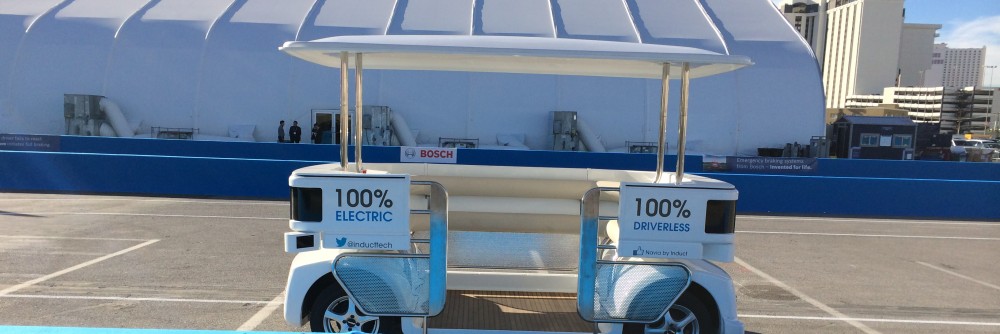Since we started DriverlessTransportation.com last summer, we’ve been amazed at the amount of information that is available on the topic. It seems that every month multiple reports come out, and every day there is more news. We list more than one news item per day and filter out at least 4 others. (Generally these are the same basic story by a different news organization). Given the large volume, unless you are highly committed to the topic (like we are!) you’re not going to have the time to read it all; therefore we’ve put together this little primer to help you get started.
First let’s start with some terminology and a few definitions.
- Autonomous or Driverless Vehicles - These basically mean the same thing. Ultimately this will be a vehicle that drives itself; the human being simply needs to give it a destination. This complete automation is probably a decade (or two) away. In the interim there are different levels of automation, where the vehicle still maintains a driver and sometimes the vehicle does the driving and sometimes the human does it.
- Connected Vehicles - In addition, technology is being developed to allow vehicles to talk to each other (V2V) and to the roadway infrastructure (V2I). These technologies will allow vehicles (initially through their human driver) to operate more safely.
So why all the fuss about this? There are two main factors that are driving the big push in this technology. The first is safety. There are about 32,000 people killed each year in auto accidents in the US alone. It is the leading cause of death for young people and is a larger part of our healthcare costs than any other cause. In the developing world, the problem is even greater and more than a million people are killed each year.
The second is economics. Driverless Vehicles have the potential to greatly change the costs in a number of industries from trucking to taxis to delivery. (It will actually impact a lot more than that but we’ll talk about those in a future blog entry). Driverless transportation also has the potential to reduce the operating costs of vehicles and to change the way cars are purchased so that consumers can save money through a driverless car service instead of owning a car. Again, we will go into more detail on these as well as some potential negative effects in future blog entries.So that is the big picture. Besides our blog (be sure to Follow us to get updates), here is what we see as top 5 things to read:
- The ENO Center for Transportation Report: Preparing a Nation for Autonomous Vehicles: Opportunities, Barriers and Policy Recommendations. This is a very good high level summary of where things stand and where they may be headed.
- The GAO Report on Connected Vehicles. A good summary of how the DOT is driving standards for Connected Vehicles and the types of applications they can be used for.
- Popular Science’s article entitled “Inside Google’s Quest To Popularize Self-Driving Cars” gives really good insights into what Google can do today and where they are headed.
- Automotive News describes what automakers are doing and how they see driverless technology rolling out in stages.
- The Mail Online describes how town centers in the UK will be changed with driverless pod cars.
If you’d rather see video, here are 4 that we’d recommend:
- MSNBC takes a driverless car from Carnegie Mellon & GM out for a ride.
- CBS Good Morning shows you what it is like behind the wheel of a driverless racecar at Stanford.
- Author Chunka Mui discusses how driverless cars will transform a $2 trillion economy and save hundreds of billions of dollars because of fewer accidents.
- In a TED talk Sebastian Thrun, who works for both Stanford and Google, talks about what has motivated him in his work towards driverless cars.

Pingback: What if Google Glass is Really About Driverless Cars? | SoshiTech
Did you know that local air pollution from cars and trucks kills more people every year in North America than vehicle crashes? http://qz.com/135509/more-americans-die-from-car-pollution-than-car-accidents/
CATES — http://aboutcates.org — in Seattle is with you all the way on automated, connected vehicles for safety and other reasons. But we have found in our integrated assessment research that moving toward zero emissions from vehicles is important also.
Furthermore, for reducing greenhouse gas emissions, the sources of electric power for re-charging electric car batteries, or for generating the hydrogen for fuel cell electric cars, need to move toward carbon-free generation — hydro, solar, wind, and nuclear.